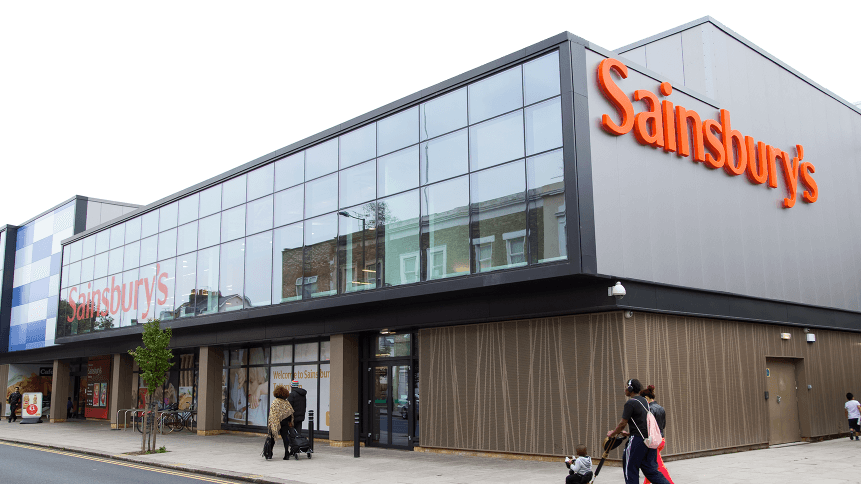Sainsbury’s is turning to the cloud for market insights

The UK supermarket industry has— like every other seems to— its ‘big four’.
Today, that consists of Tesco, Asda (now owned by Walmart), Morrisons, and Sainsbury’s. But for those incumbents, maintaining their dominant status has never been more challenging.
‘Discount’ German supermarkets Aldi and Lidl take an ever-wider slice of customers; falling revenues at more affluent chains such as Marks & Spencer and Waitrose are shifting demand for top-tier product lines at competitive prices; Ocado is quietly automating online shopping; all while the shadow of Amazon looms overall.
The UK’s leading supermarkets are turning to innovative new technologies to stay ahead, ensuring a steady stream of customers pass through their doors, keeping stock moving round the clock, every day of the week, as fast as possible.
That means changing customer tastes and demands must be monitored closely. But traditional approaches to market research such as surveys, group focus, and sales data are becoming obsolete if retailers are to stay nimble. Instead, big data holds the key to market intelligence.
The role of the cloud in keeping customers happy
Sainsbury’s told its investors that £4.7 billion (US$5.8 billion) of its sales are now generated through its digital channels— that means there’s a huge amount of valuable data and insights available that could drive further revenue.
Last week, the retailer said it was turning to using Google Cloud Platform (GCP) to develop a data insights platform to collect, classify and examine consumer behavior. In order to keep up and fulfill the ever-changing consumer demands, Sainsbury’s will gather real-time consumer insights from a mix of structured and unstructured methods of data collection.
The wide coverage in data collection will be used to develop a predictive analytics model to identify on-going and changing trends, helping the firm optimize its customer’s shopping experience and, in the long run, trim further fat from its sourcing, stocking and supply chain.
Phil Jordan, Group CIO of Sainsbury’s, said: “with the help of Google Cloud Platform, we are generating new insights into how the world eats and lives, to help us stay ahead of market trends and provide an even better shopping experience for our customers.”
Clearly, the deployment of a cloud-based insights platform enables retailers to gather greater customer insights and has the potential to drive business models in a new direction.
Sainsbury’s announcement comes not long after the UK’s fifth-largest retailer Co-op announced an SAP-driven ‘supplier collaboration’ portal. In a similar vein, this will allow the convenience store chain to better optimize its stock in reaction to customer demand across its stores, and target insights-based offers as a result to a specific stock, locations or individual stores.
A microscopic approach in a macro market
According to insights from Accenture, a strategic approach retailers can adopt is to focus on the niche consumer group which generates the largest profit of their business.
This niche group or “high-value customers” are the frequent shoppers of the store and most likely demonstrate a shopping pattern while consistently engaging with the products. Instead of catering to the masses, retailers could focus on shaping business plans to gear towards these high-value customers.
Sainsbury’s will deploy machine learning tools that formulate shopping trends based on insights provided by these high-value customers.
By developing a strong knowledge of customer’s preferences and perception towards their products, data-led retailers will be able to play to their strengths in product marketing and establishing a stronger brand presence. It’s not only for retailers to get to know their customers but also serves as a way to understand their reputation and place in the changing food industry.
In an age where choice is abundant, grocers are turning to digital approaches to entice new costumers and market products creatively.
Earning customers’ loyalty has a wider spectrum, from establishing membership cards, online platforms to order groceries— all which feed into a rich and granular data-led picture of each customer using them.
As customers enjoy more choice and buying power than ever, supermarkets must seize act on everything they know about their customers, constantly, in order to provide them with the service and products that keep them coming back month after month, year after year.









